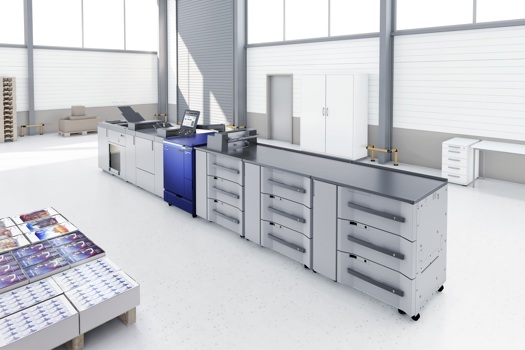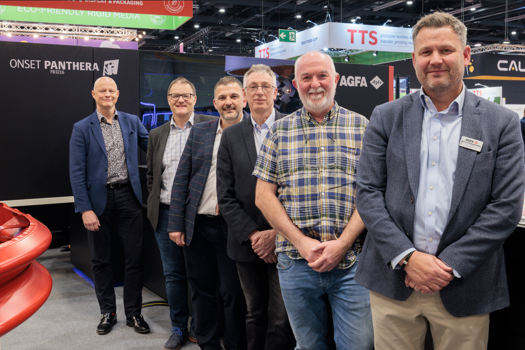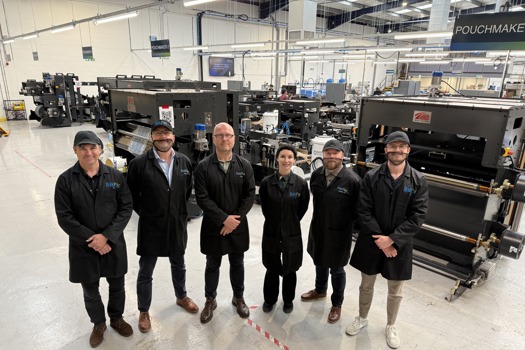The optics and electronics have been repackaged inside a Japanese-sourced densitometer casing, which it claimed has made it more robust, easier to use and more comfortable.
The firm found that its original incarnation as a modified PC webcam had put off potential customers due to its appearance.
Despite that, in the year since it was launched Troika has notched up several hundred sales of the LithoCam and its smaller sibling, the PlateCam.
The 995 device uses the processing power of a host PC and software to analyse dots on plate, film and paper. Because it uses a PC for processing, Troika can respond quickly to new plates should it need to upgrade the software, and makes downloads of the latest versions freely available from the website.
It can read dot sizes down to 10 microns, has an accuracy of +/- 0.5% and takes one second per reading.
Story by Barney Cox
Have your say in the Printweek Poll
Related stories
Latest comments
"Very insightful Stern.
My analysis?
Squeaky bum time!"
"But in April there was an article with the Headline "Landa boosts top team as it scales up to meet market demand", where they said they came out of last year’s Drupa with a burgeoning order..."
"Yep. Tracked is king."
Up next...

Print services required
Trio of new tenders up for grabs

Greater automation and ease-of-use
Konica Minolta enhances AccurioPress C7100 series

Energy savings and wider gamut
Wilmot-Budgen takes first LED Onset

Weekly one million mark



